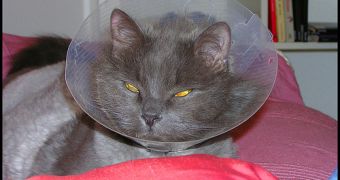Scientists previously considered allergic contact dermatitis from aluminum as being very unusual, but after more recent reports of pruritic nodules and an increase in aluminum allergy after vaccinations or treatments for allergies, the opinions have changed a bit.
Researcher Eva Netterlid has focused on the problem in a thesis recently defended at Lund University in Sweden, and she has only found a very small number of pruritic nodules in a study of diphtheria vaccinations of Swedish 10-year-olds.
After this discovery, she continued to study hyposensitization – a treatment based on getting patients who are allergic to pollen, mites, etc. used to the allergenic substance, by giving them gradually higher doses of it.
This type of treatment used aluminum as an intensifier, and in this case, follow-ups showed a larger number of reactions.
Out of the 37 children treated, 8 developed allergic contact dermatitis from aluminum and 13 had pruritic nodules.
The 24 allergic children who were included in the study but who were not given the treatment did not develop any of the two allergic reactions.
Netterlid also carried out another study involving hyposensitization of children and adults with allergic respiratory diseases, and concluded that nearly 4% of the participants developed allergic contact dermatitis from aluminum.
The researcher said that there were individuals with aluminum allergy in both the treated and the untreated group, so it was uncertain that the allergy had a connection to the treatment.
Still, after examining the patients' arms before the treatment and one year later, the researchers concluded that the number of people with nodules had increased significantly, as well as the proportion who had pruritic nodules too.
Another study of cough vaccinations in Gothenburg, several years ago, concluded that nearly 1% of the kids, developed pruritic nodules in the area of the vaccination, and 3 out of 4 children with a reaction involving nodules also developed an allergy to aluminum.
Eva Netterlid explained that “this was completely unexpected since aluminum has been used as an adjuvant, intensifier, in vaccines for over 70 years with only a small number of reports of pruritic nodules and allergic contact dermatitis.”
‘Pruritic nodules’ are small lumps under the skin that cause itching and can remain for several years, according to the same studies.
Eva Netterlid and her colleagues said that they hope to be able to continue with their research in the area, research that has been conducted at the Occupational and Environmental Dermatology Unit in Malmö.

 14 DAY TRIAL //
14 DAY TRIAL //